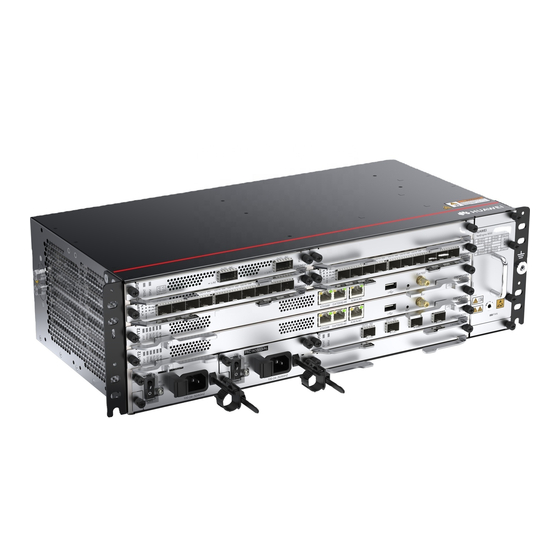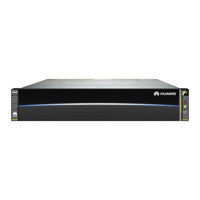
Huawei V300R005 Configuration Files Manuals
Manuals and User Guides for Huawei V300R005 Configuration Files. We have 2 Huawei V300R005 Configuration Files manuals available for free PDF download: Configuration Manual, Quick Configuration Manual
Huawei V300R005 Configuration Manual (265 pages)
Quidway NetEngine80 Core Router
Brand: Huawei
|
Category: Network Router
|
Size: 1.41 MB
Table of Contents
Advertisement
Advertisement

